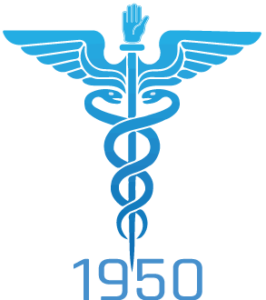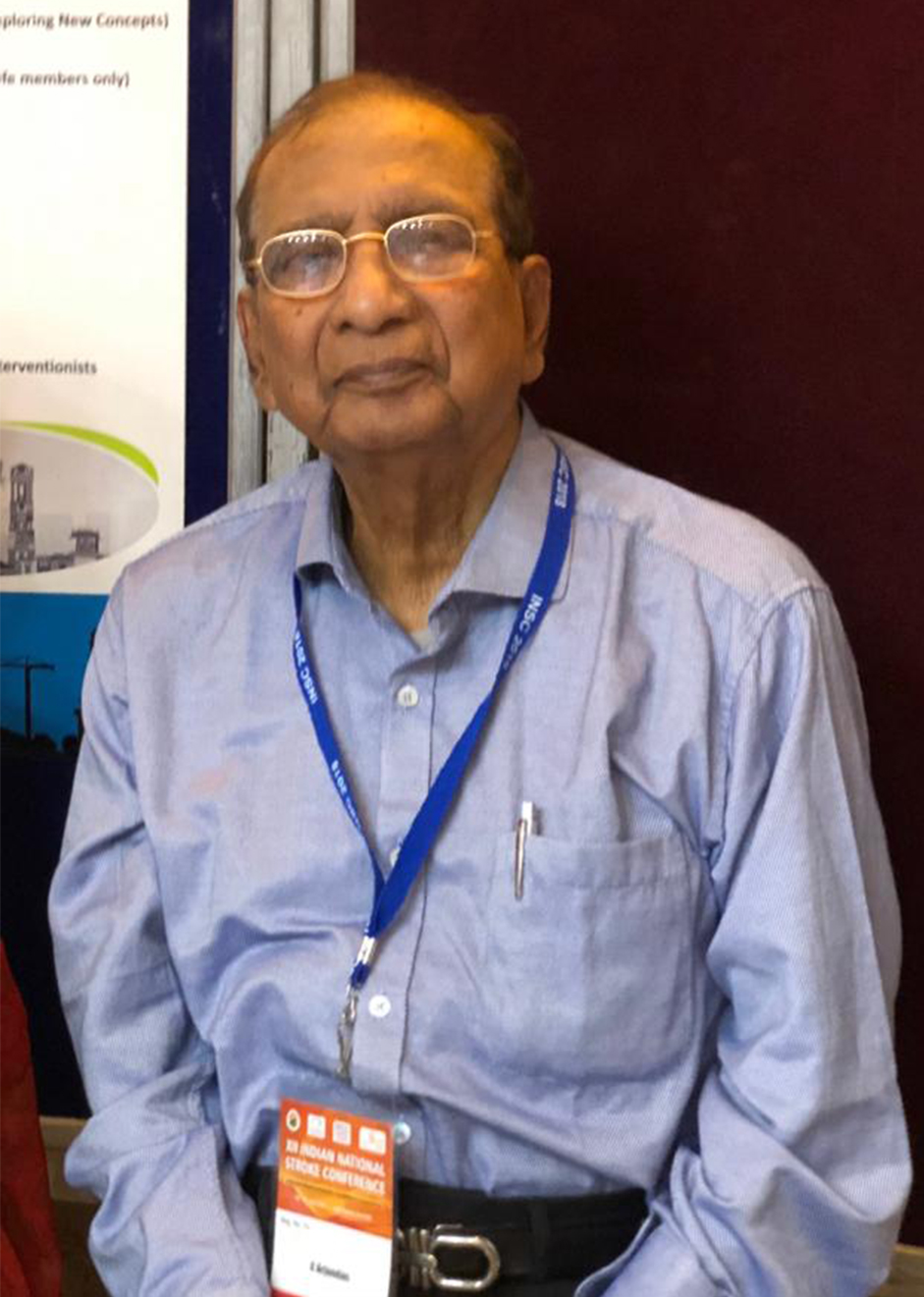THE ARCHITECTS OF MIN
________
DR.K.Jegannathan
DR.B.Ramamurthi
DR.G.Arjun Das
HISTORY OF MADRAS INSTITUTE OF NEUROLOGY
________

Institute of neurology was modeled with the motto of giving expertise and humane neurological services for the poor as well as affluent population.
B.Ramamoorthy was instrumental in starting the institute. Trained by Prof. Rowbotham,in New Castle United kingdom and also at Montreal neurological institute by Prof. Wilder Penfield, Dr Ramamoorthy started the neurosurgical department at the government general hospital, Madras way back in October 1950. Dr.,S.T.Narasimhan who had undergone training in the USA came to India with an EEG machine which was the first EEG machine in India.
The department slowly expanded itself with the joining of neuroradiologists Dr.,K.M.Pillai and Dr M.G.Varadharajan, who performed, cerebral angiography in 1952.
Dr V. Rajagopal was the first neuroanaesthetist to join this embryonic team.
Prof and Dr G. Arjundas was the first neurologist to join the Institute after his formal neurological training at Queens Square, London. Dr G. Arjundas joined the department in 1957 followed by Dr K. Jeganathan in 1962 who also had undergone neurology training at Queensquare. In 1962, the department was renamed as Department of neurology and neurosurgery.
In 1966 first DM neurology program was started at the MIN. Leksell stereotactic machine was installed in 1962 subsequent to the three week training in stereotactic surgery which was given for the neurosurgeons in 1960 by Dr., Lawrence Walsh and Dr Denis Williams, from Queen square.
MIN became an important center for stereotactic surgery with 1700 surgeries performed spanning over a period of 15 years.
In 1967, the first head injury center was started at MIN, the first in India. Dr. K. Valmikinathan and Dr Sarasabharathi started department of neurochemistry and neuropathology.
Dr Ramamurthi finally realized his dream of having the neurosciences block separately when C.N.Annadurai ,laid the foundation stone for the construction of MIN in 1968.President of India V.V.Giri and Chief minister M.Karunanidhi opened the new comprehensive neurosciences block in the year 1972.
In 1972, 25th anniversary celebration of the institute drew 120 foreign neurologists and neurosurgeons.
Microneurosurgery was started in 1979 by Prof Dr.Narendran with Zeiss operating microscope, a unique achievement at that point of time.
Dr M.G.Ramachandran commissioned the first CT scan of south India at MIN in 1980. In the meantime, neuropsychology,speech therapy and neuro ophthalmology departments were added to the rapidly evolving neurology institute.
40 th anniversary celebration of the institute was celebrated under Prof S.Kalyanaraman in 1990.

In 1993 and 1997 annual conferences of neurological society of India and the Indian academy of neurology were conducted at the institute,which was headed by Prof and Dr C U Velmurugendran. CUV as he is called went on to get Padmashri a top award given by government of India for his outstanding contribution in the field of neurology.

The year 2000 marked the golden jubilee celebrations of the institute, presided by the honourable chief minister M.Karunanidhi and Prof B.Ramamurthy. A computer center and an air conditioned library were started at the same year.Annual conference of NSI was once again hosted by MIN, in2000.
Annual conference of neurotrauma society was conducted in 2010 and Tropical neurology conference was conducted in 2014. In 2015 16th annual conference of Indian epilepsy association and epilepsy society was conducted.
For administrative purposes the institute was bifurcated into separate neurology and neurosurgery institutes, in 2014. Prof and Dr Bhanu was the first director of the independent neurological institute.
The neurology department has five units with Wednesday morning 8 AM being an academic feast involving scientific case presentations and update on research activities. Friday a combined grand rounds of all units happen at 8 AM. The journal club also is conducted on Friday between 1-2 pm. On Saturdays around lunch time difficult case presentations for DM postgraduates are presented,discussed and taught by senior neurology faculties.
Special clinics for headache,epilepsy and movement disorders are also conducted.
The department now has separate stroke and intensive care units, a comprehensive EMG and EEG lab where all neurophysiological tests are conducted. Thrombolytic therapy, plasmapheresis and botulinum toxin are now routinely done at the institute.



